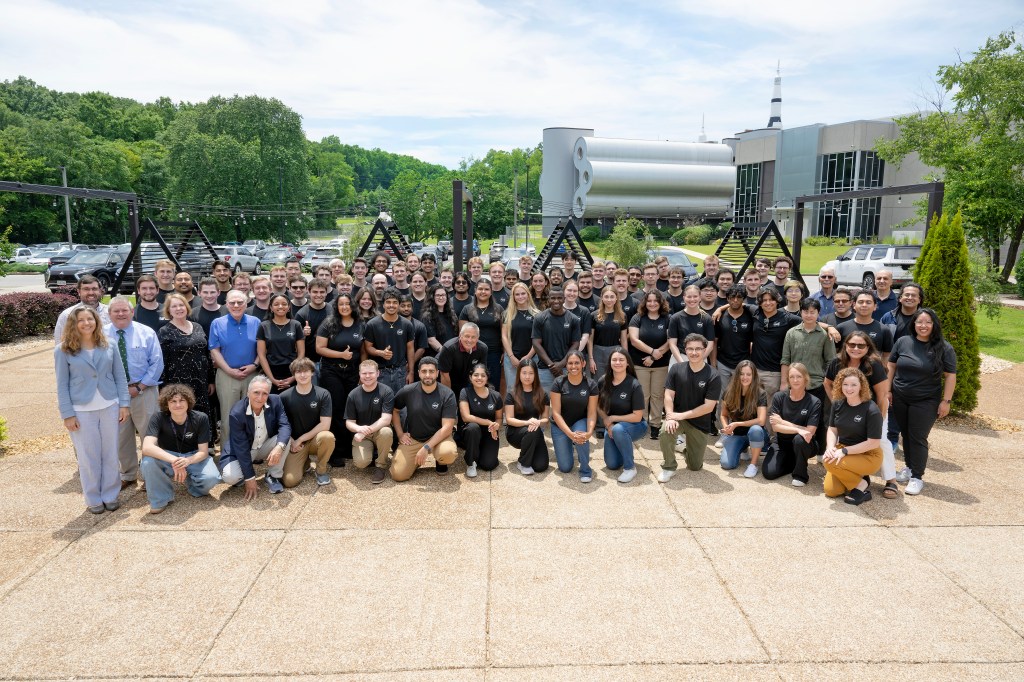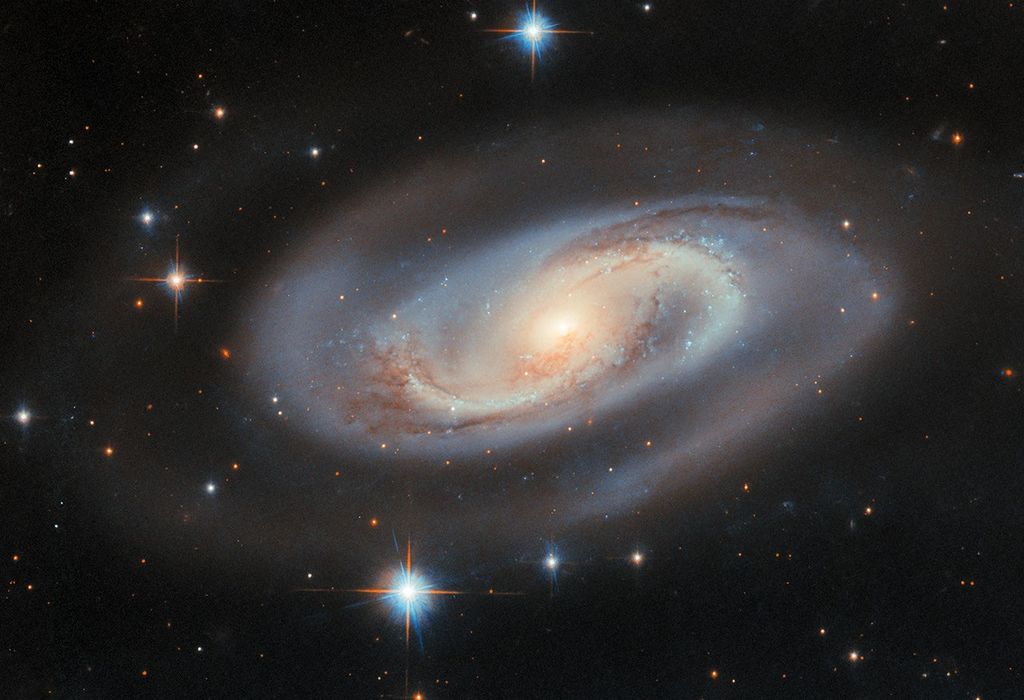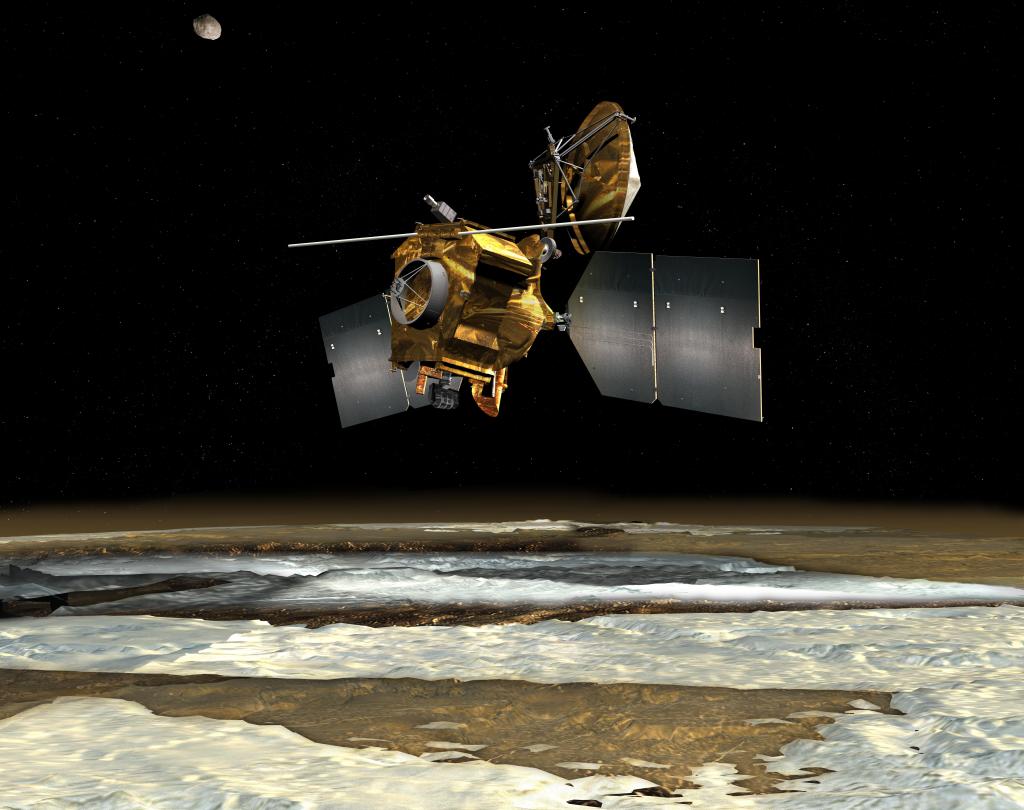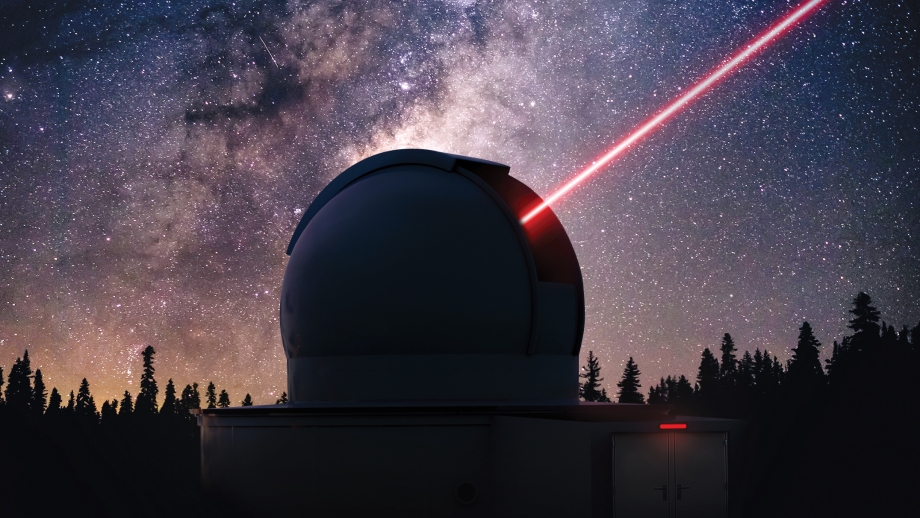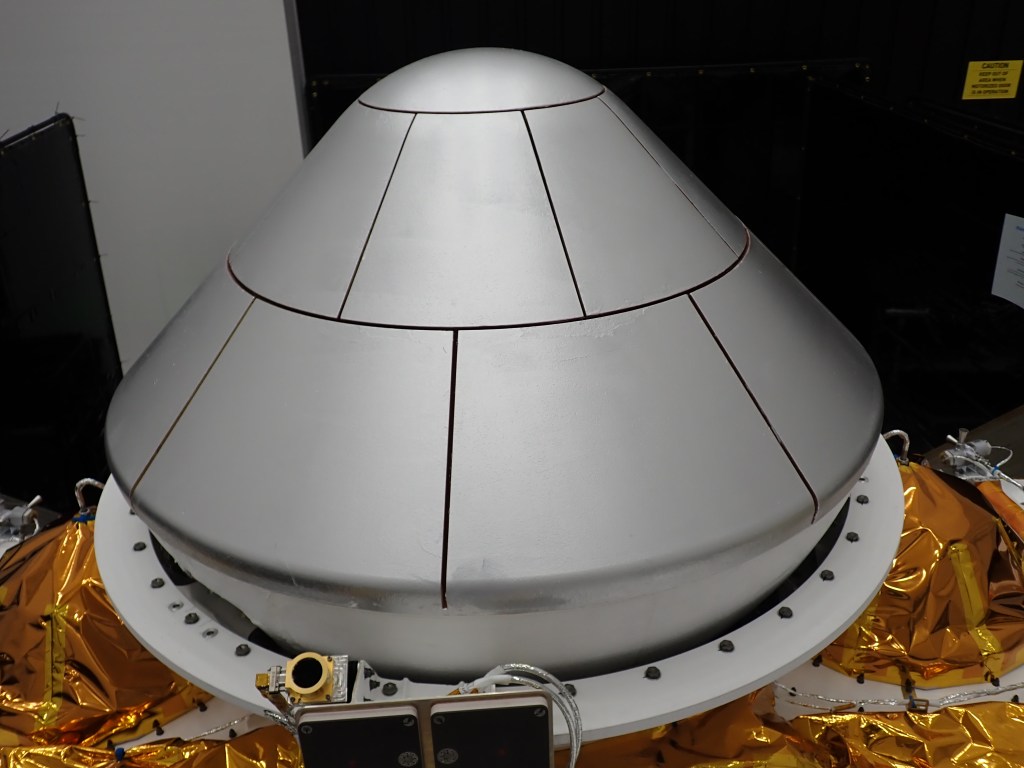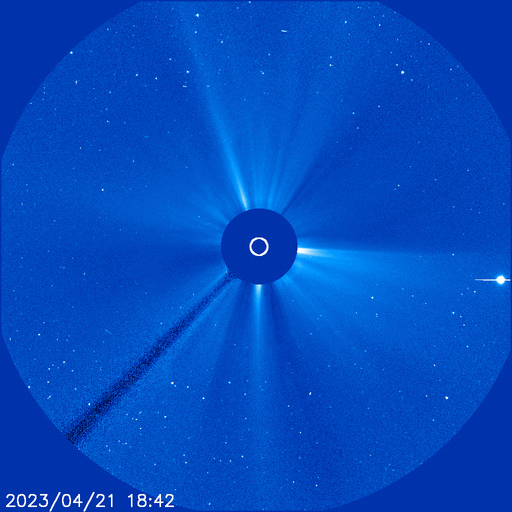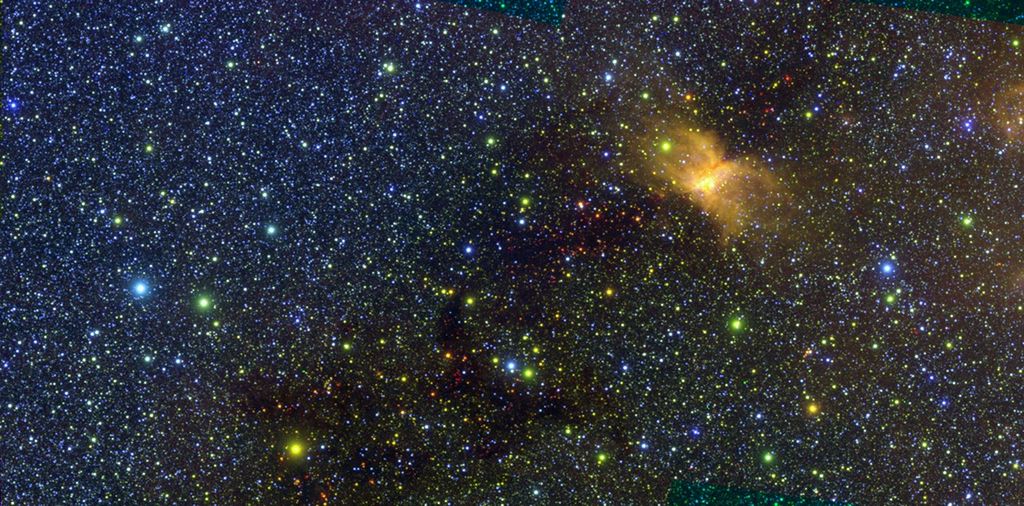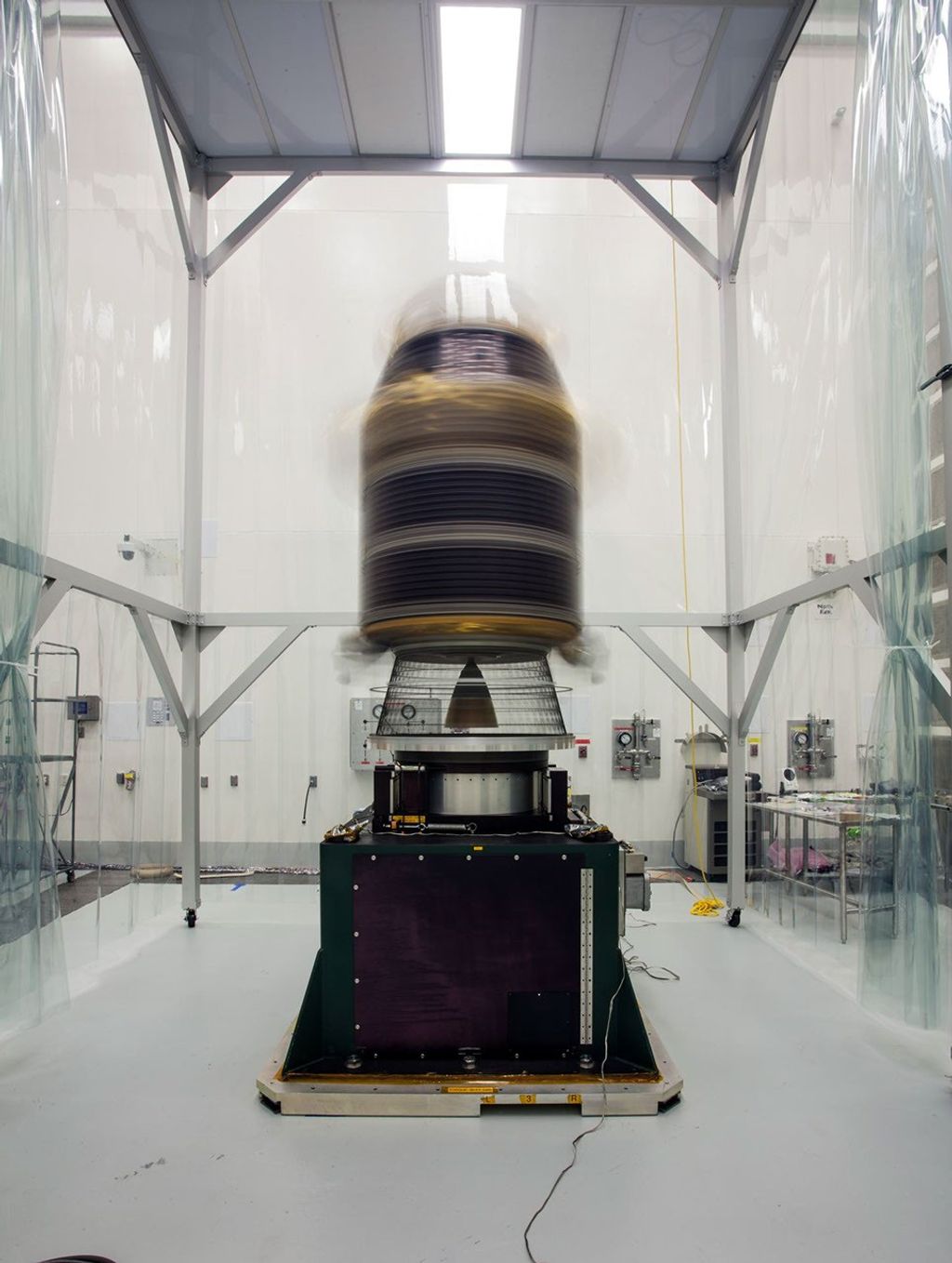XRISM Stories

X-rays are radiated by matter hotter than one million Kelvin, and high-resolution X-ray spectroscopy can tell us about the composition of the matter and how fast and in what direction it is moving. Quantum calorimeters are opening this new window…

The Japan-led XRISM (X-ray Imaging and Spectroscopy Mission) observatory has captured the most detailed portrait yet of gases flowing within Cygnus X-3, one of the most studied sources in the X-ray sky. Cygnus X-3 is a binary that pairs a…

After starting science operations in February, Japan-led XRISM (X-ray Imaging and Spectroscopy Mission) studied the monster black hole at the center of galaxy NGC 4151. “XRISM’s Resolve instrument captured a detailed spectrum of the area around the black hole,” said…

At a time when phone cameras are capable of taking snapshots with millions of pixels, an instrument on the Japan-led XRISM (X-ray Imaging and Spectroscopy Mission) satellite captures revolutionary science with just 36 of them. “That may sound impossible, but…

The Japan-led XRISM (X-ray Imaging and Spectroscopy Mission) observatory has released a first look at the unprecedented data it will collect when science operations begin later this year. The satellite’s science team released a snapshot of a cluster of hundreds…

PROJECT: Advanced Magnetic Microcalorimeter development SNAPSHOT: A new class of X-ray detector with unprecedented energy resolution and array size could help transform our understanding of the cosmos through unparalleled vision into the otherwise invisible universe. Very detailed information is now…

Editor’s Note, Sept. 6, 2023: XRISM launched successfully on Wednesday, Sept. 6, 2023, at 7:42 p.m. EDT (Thursday, Sept. 7, 8:42 a.m. in Japan). The spacecraft separated from the rocket at 7:56 p.m. EDT. Editor’s Note, Sept. 4, 2023: The launch date for XRISM…
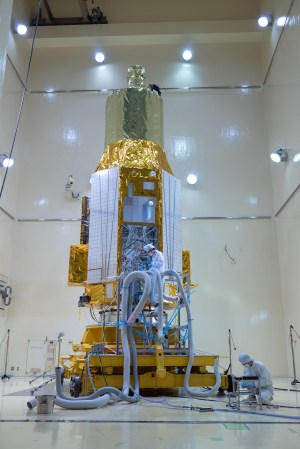
Japan’s XRISM (X-ray Imaging and Spectroscopy Mission, pronounced “crism”) observatory, expected to launch Aug. 25 (Aug. 26 Japan local time), will provide an unprecedented view into some of the hottest places in the universe. And it will do so using…

A new satellite called XRISM (X-ray Imaging and Spectroscopy Mission, pronounced “crism”) aims to pry apart high-energy light into the equivalent of an X-ray rainbow. The mission, led by JAXA (Japan Aerospace Exploration Agency), will do this using an instrument…


